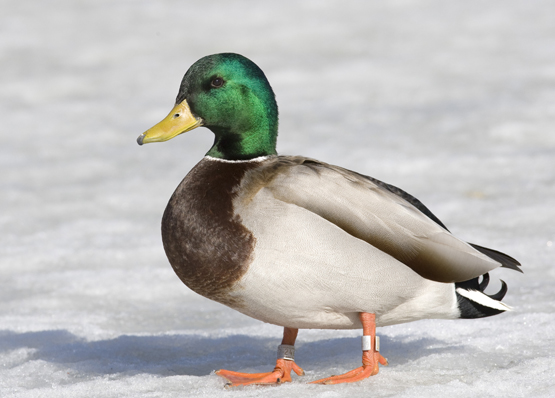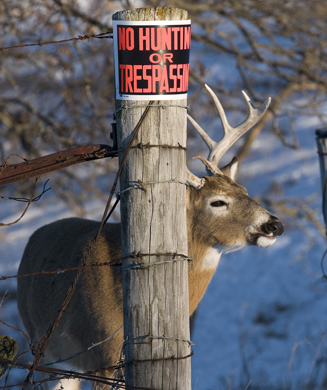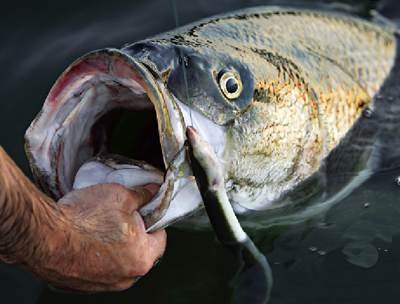Almost 300 loons and other fish-eating birds have been found dead or dying along Lake Michigan’s beaches at Sleeping Bear Dunes National Lakeshore. According to Michigan’s Department of Natural Resources, botulism is to blame.
Like many other conservation problems, this recent botulism die-off can be attributed to invasive species. In this case, the infamous zebra and quagga mussels are the culprits, reports the Daily Record.
These non-native mussels feed on plankton, and as a result, plankton numbers decrease and the water clarity begins to improve. Sunlight then reaches deeper into the water, allowing thick algae to carpet more of the lake bottom. As that algae decays, it produces an oxygen-depleted environment where botulism bacteria flourishes.
The bacteria travels up the food chain when fish become exposed to the toxins in the algae and birds eat the contaminated fish. The chain of infection could continue if predators like eagles and coyotes feed on the dead birds, but volunteers are doing their best to prevent this. After noting the location of each dead bird via GPS, volunteers bury the birds away from the beach.
Although botulism has been a noted problem in southern U.S. reservoirs, and it was a problem in Lake Michigan in 2006 and 2007, it’s largely been a non-issue since then. In 2011, only 40 dead loons were found.
One loon found dead last month was the oldest banded loon in Michigan. Known as “the Patriarch,” the 21-year-old loon has bred successfully since 2004. Loons are migratory birds that mate and reproduce in northern climates, and can live as long as 50 years.






